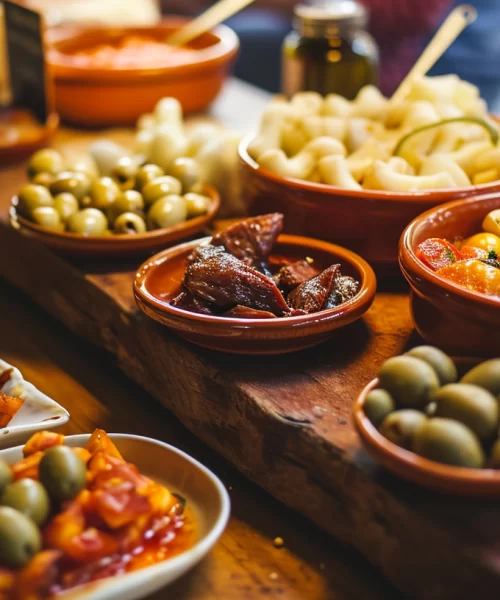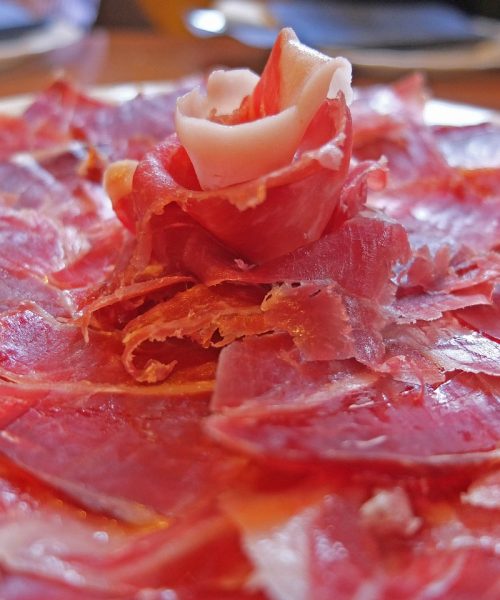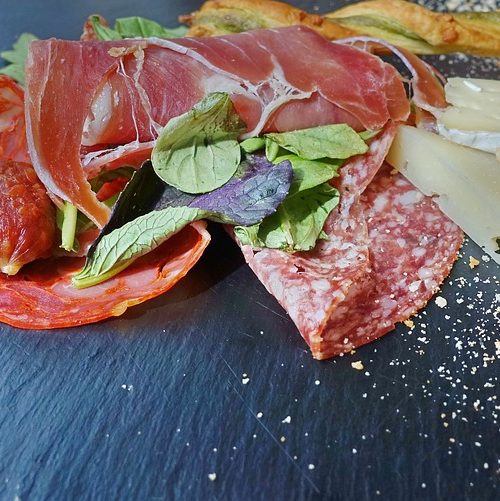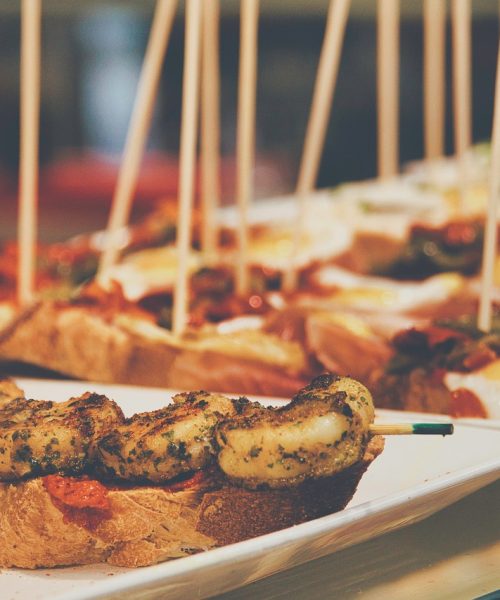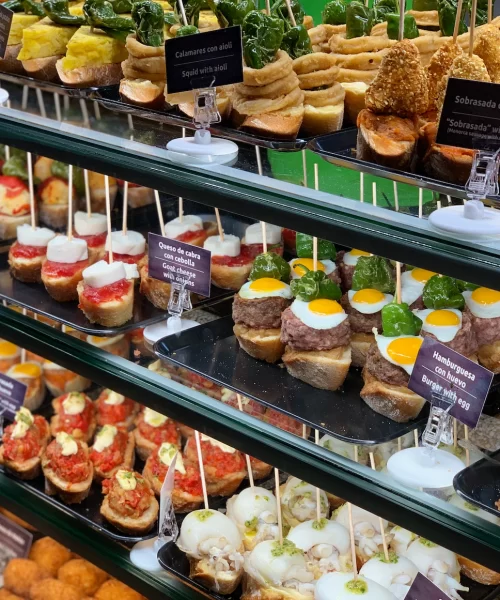If you came across this blog post, it’s probably because you love Pata Negra ham or just want to know more about it. So here we are going to explain how this jewel of Spanish gastronomy is made, one of the superstars of Mediterranean cuisine, declared Intangible Cultural Heritage of Humanity by UNESCO in 2013.
It all starts on the pasture
For a ham to be classified as Pata Negra ham and be labeled with a black label, it must come from a pig whose genetic makeup is 100% of the Iberian breed, raised in the wild in the dehesa and fed with acorns while in the “”Montanera””. In the dehesas of the Iberian Peninsula, Iberian pigs travel several kilometers a day in search of food. This causes the fat to naturally penetrate the muscle, which is one of the reasons Pata Negra ham has such a pleasant, tasty texture that it almost melts in the mouth when eaten.
Artisanal curing
The aging of Pata Negra ham is another important process in its production. The aging takes place in natural drying halls with large windows, usually located near mountain ranges, where the cold air currents cause a constant dehydration of the knuckle and therefore the gentle drying of the ham. In summer, the high temperatures typical of Spain cause the ham to perspire, which favors the penetration of fatty acids into the muscle fibres. The maturing period of a Pata Negra ham should be 36 months or more, for Pata Negra shoulders (“Paletilla””, the front knuckle) at least 24 months.
From the label to yours Table
After the drying process, labeling follows. All Pata Negra hams must have a black label guaranteeing their breed, rearing and traceability. If you buy a Pata Negra ham, make sure it has that black bow around the leg, as you can see in the picture of the article.


